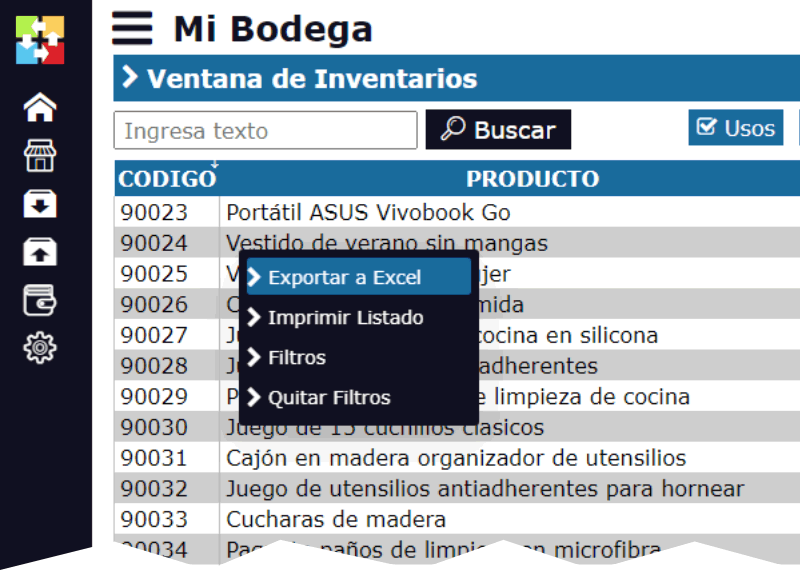Accounting in the Middle Ages: How monasteries managed their income and expenses
The Middle Ages, which spanned from the 5th to the 15th century, was a period of great transformation in Europe. During this time, the Catholic Church played a fundamental role in society, and monasteries became centers of power and wealth. However, managing the income and expenses of these religious establishments was not an easy task. In this article, we will explore how monasteries managed their finances during the Middle Ages.

The origin of accounting in monasteries
Accounting in monasteries dates back to the time of Saint Benedict of Nursia, who founded the Order of Saint Benedict in the 6th century. Saint Benedict established a set of rules for the management of monasteries, including the creation of an accounting system to record income and expenses. This system was based on the use of account books, which were used to record all financial transactions of the monastery.
The account books
The account books were the heart of the monasteries' accounting system. These books were used to record all financial transactions, including income and expenses. The account books were divided into several sections, each of which was used to record a specific type of transaction. For example, there were sections to record income from the sale of products, expenses for the purchase of supplies, and payments to employees.
Managing income
Monasteries obtained income from various sources, including:
- Donations: Monasteries received donations from the faithful, which could be in the form of money, land, or goods.
- Taxes: Monasteries paid taxes to the State and the Church, but also received income from the collection of taxes from peasants living on their lands.
- Sale of products: Monasteries produced and sold products such as wine, bread, and textiles.
- Renting of lands: Monasteries rented lands to peasants, who paid an annual rent.
Managing expenses
Monasteries also had significant expenses, including:
- Purchase of supplies: Monasteries bought supplies such as food, clothing, and tools to maintain their operations.
- Payments to employees: Monasteries paid employees, including monks, servants, and workers.
- Maintenance of facilities: Monasteries invested in the maintenance of their facilities, including the repair of buildings and the construction of new ones.
- Donations to the Church: Monasteries donated money and goods to the Church to support its activities.
The importance of accounting in monasteries
Accounting in monasteries was fundamental to their survival and success. By recording income and expenses, monasteries could:
- Control their finances: Monasteries could control their finances and make informed decisions about how to allocate their resources.
- Identify areas for improvement: Monasteries could identify areas for improvement and take measures to increase their income and reduce their expenses.
- Support the Church: Monasteries could support the Church and contribute to its mission of spreading the faith.
Conclusion
Accounting in monasteries during the Middle Ages was a complex and sophisticated system that allowed these religious establishments to manage their finances effectively. By understanding how monasteries managed their income and expenses, we can appreciate the importance of accounting in history and its impact on society.






